Take a deep dive into The Palm Springs School ahead of the region’s Modernism Week
New book ‘The Palm Springs School: Desert Modernism 1934-1975’ is the ultimate guide to exploring the midcentury gems of California, during Palm Springs Modernism Week 2025 and beyond
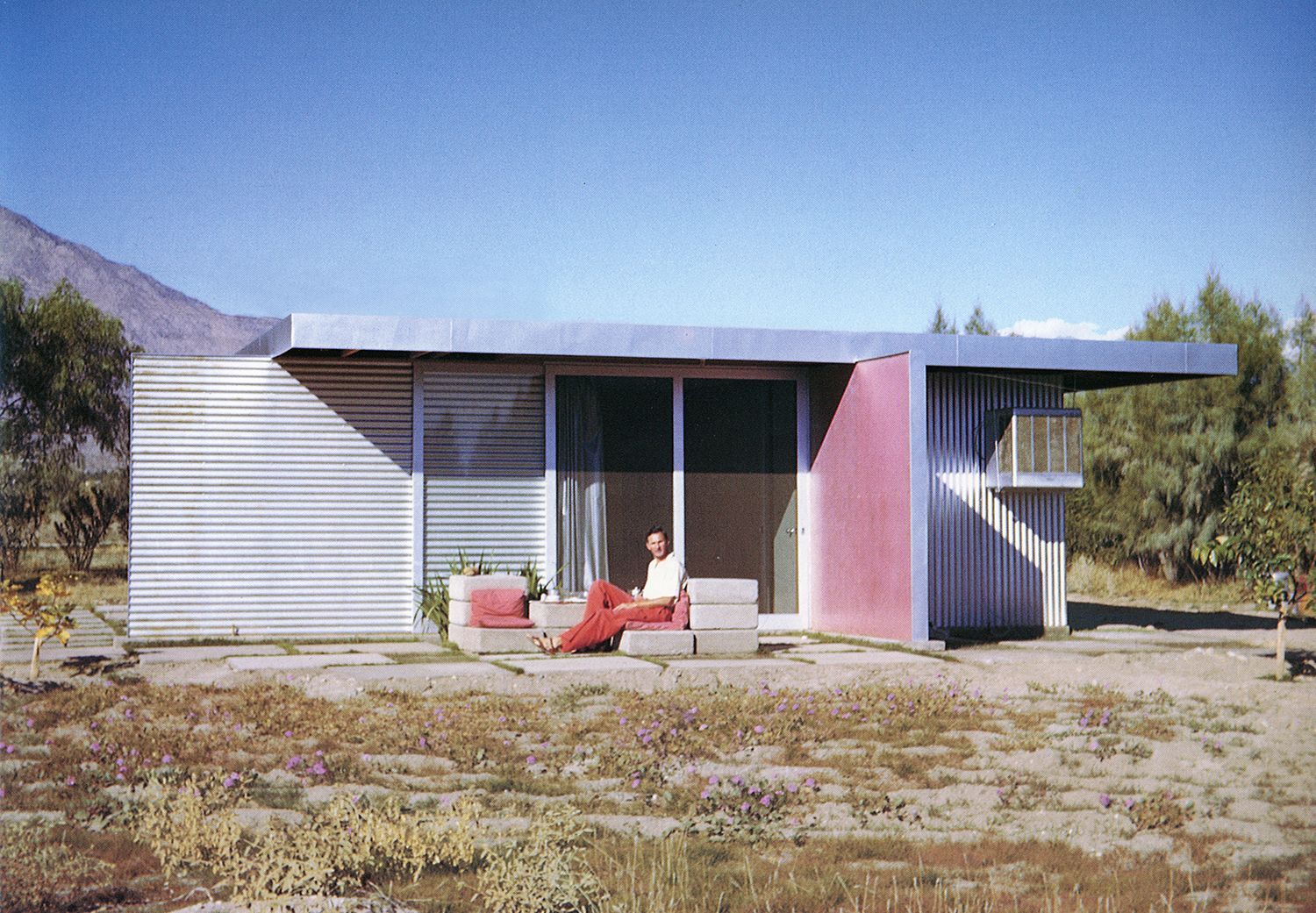
If you're after a one-stop-shop for all things midcentury ahead of Palm Springs Modernism Week 2025 this week, The Palm Springs School: Desert Modernism 1934-1975, a new book launch by Rizzoli, is for you. The tome, authored by design historian Alan Hess, offers an immersive and detailed deep dive into the Californian modernist architecture genre and the International Style's distinct expression within the arid landscapes of the West Coast.
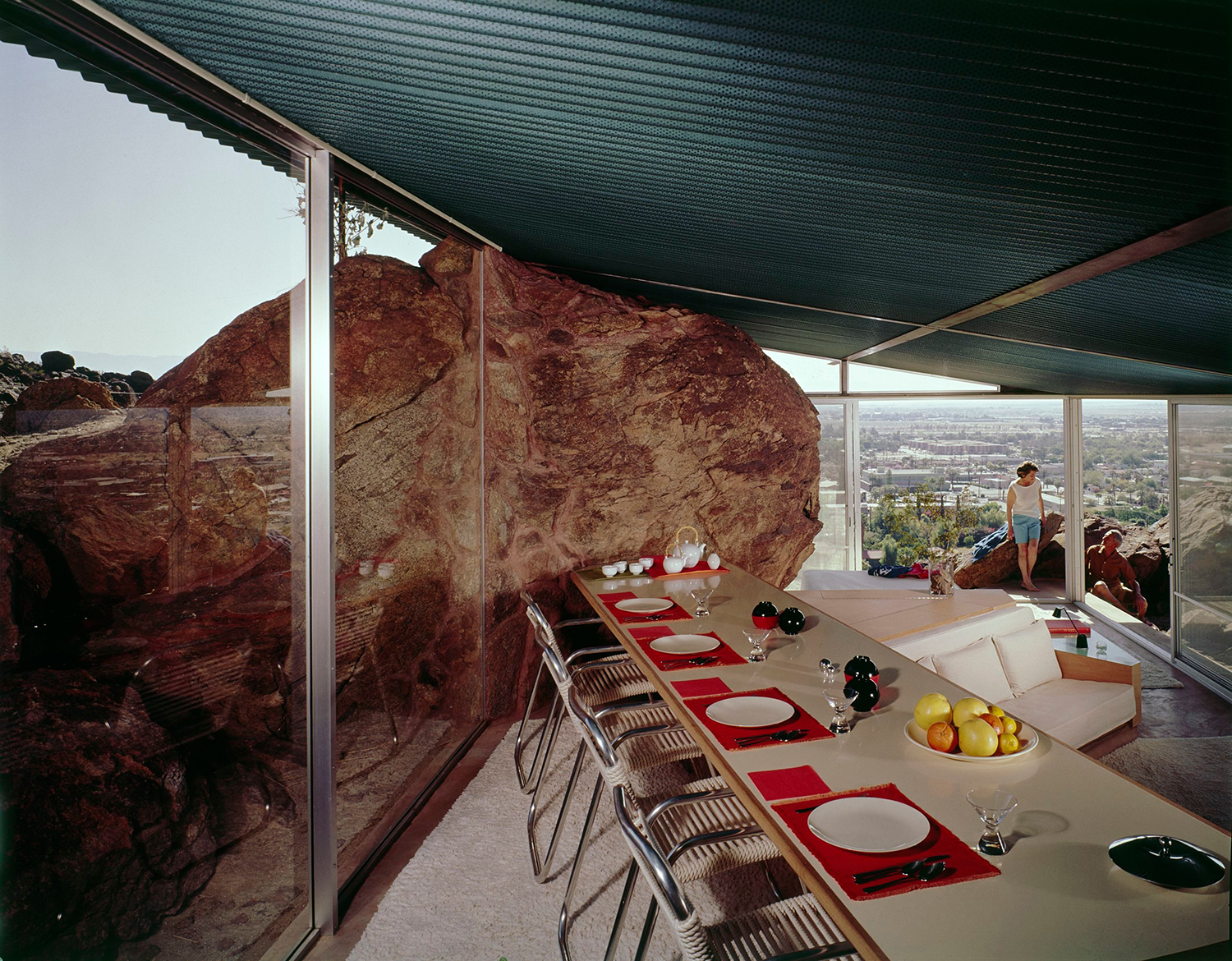
Albert Frey House II, a.k.a. Frey II, Albert Frey, 1964
Flick through 'The Palm Springs School: Desert Modernism 1934-1975'
The book looks at the region's significant 20th-century architectural offering and discusses the concepts, aesthetics and experimentations that unite projects and typologies. Covering diverse buildings and settings, from housing to commercial and from urban/suburban to more rural, standalone structures, this is a publication that looks into common threads and what might make this movement into a 'school'.
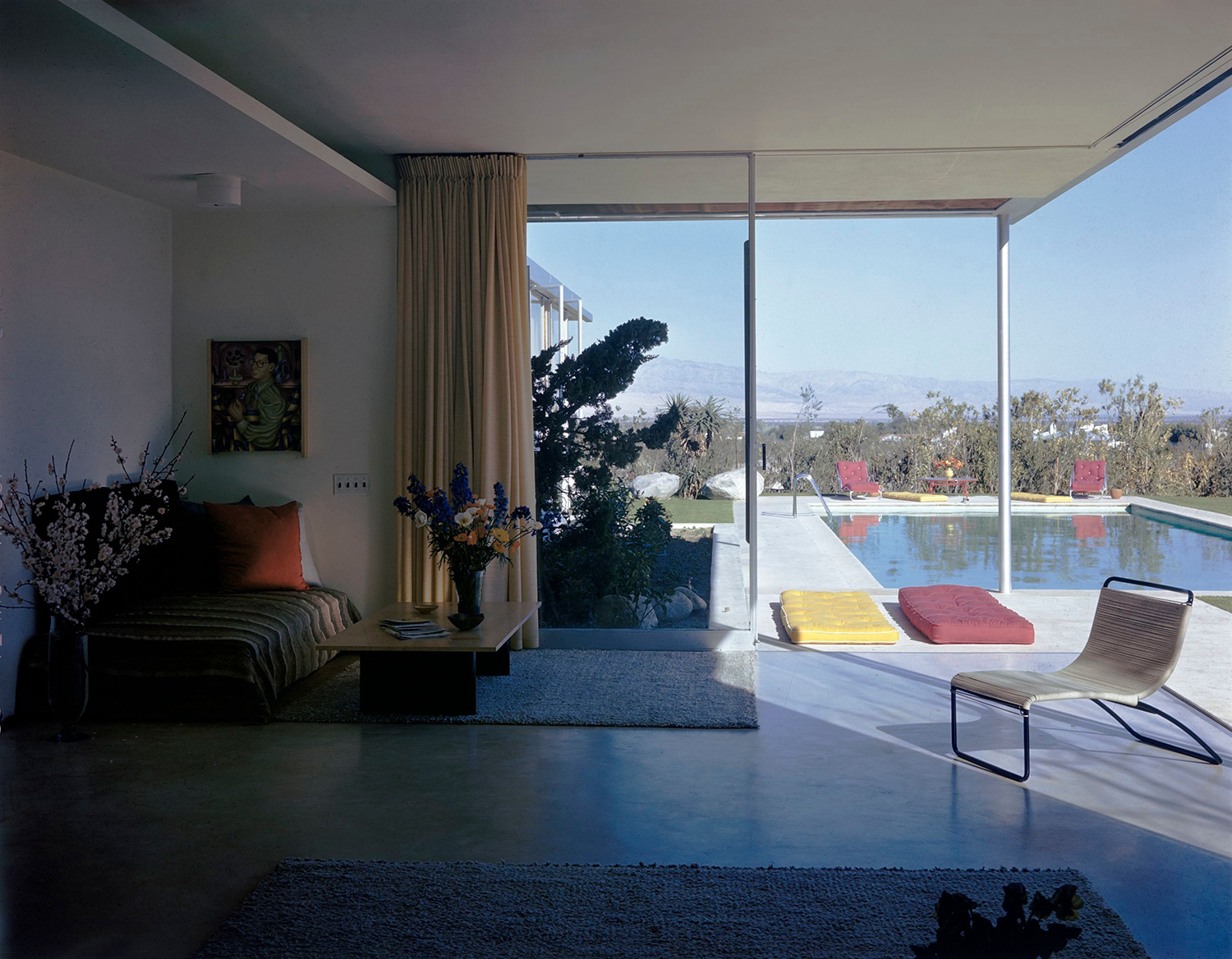
Edgar J and Liliane Kaufmann House, a.k.a. Kaufmann House, Richard Neutra, 1946
Building types include residences, gas stations, hotels, airports, restaurants, and spas. Highlighted architects are Richard Neutra, John Lautner, Albert Frey, William Cody, William Krisel and Donald Wexler, among many more. The book is illustrated by drawings and archival photography (including by legends such as Julius Shulman).
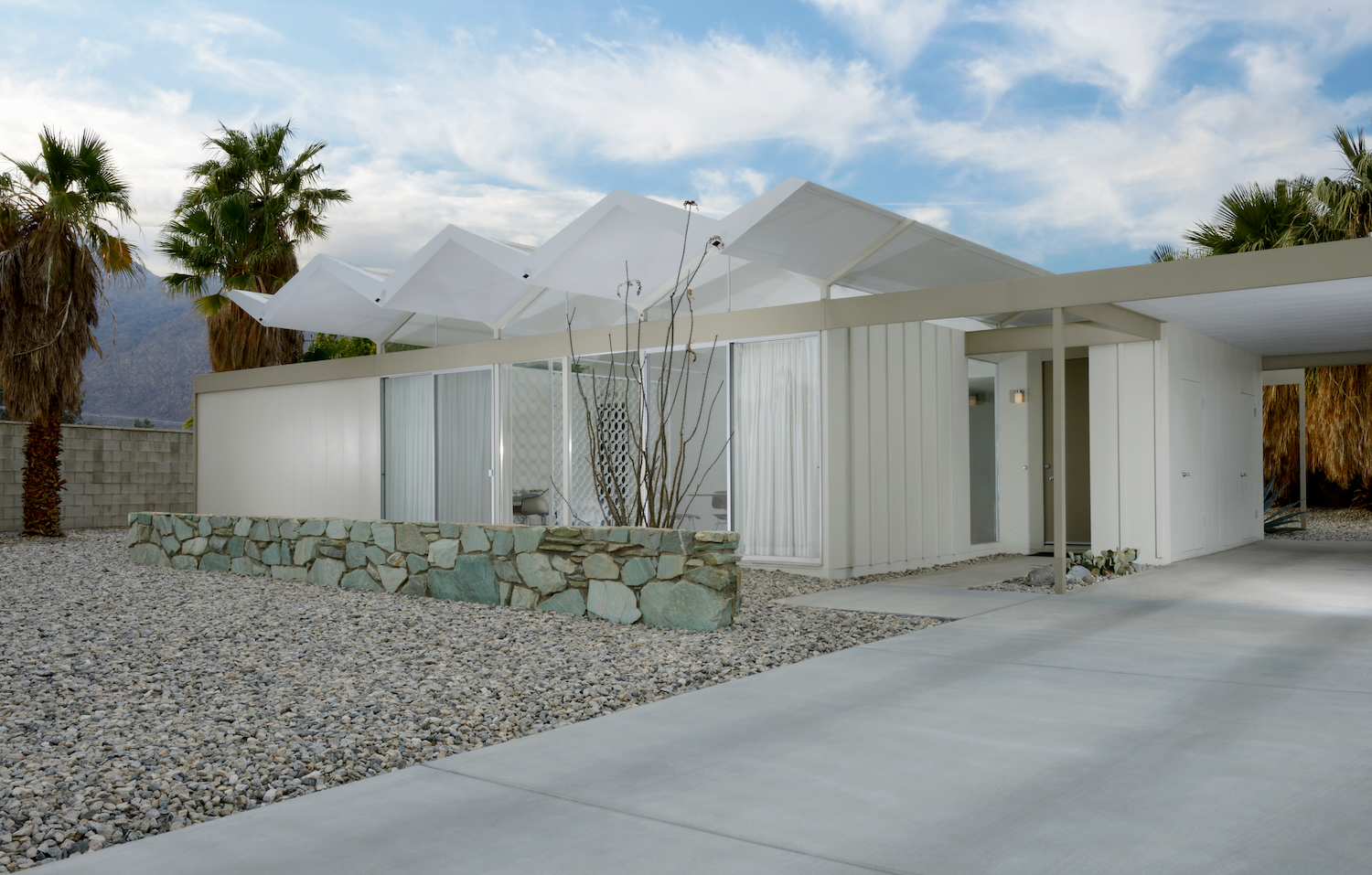
Steel Development Homes (now Alexander Steel Homes), Donald Wexler and Richard Harrison, 1962
'From our 21st-century vantage point, we can look back and discern that a group of 20th-century Palm Springs architects formed a cohesive yet diverse Palm Springs School of Architecture. Each arrived in this astonishing landscape for a different reason. Their creative dreams spanned three continents and two oceans, from Zurich to Shanghai,' writes Hess in his introduction.
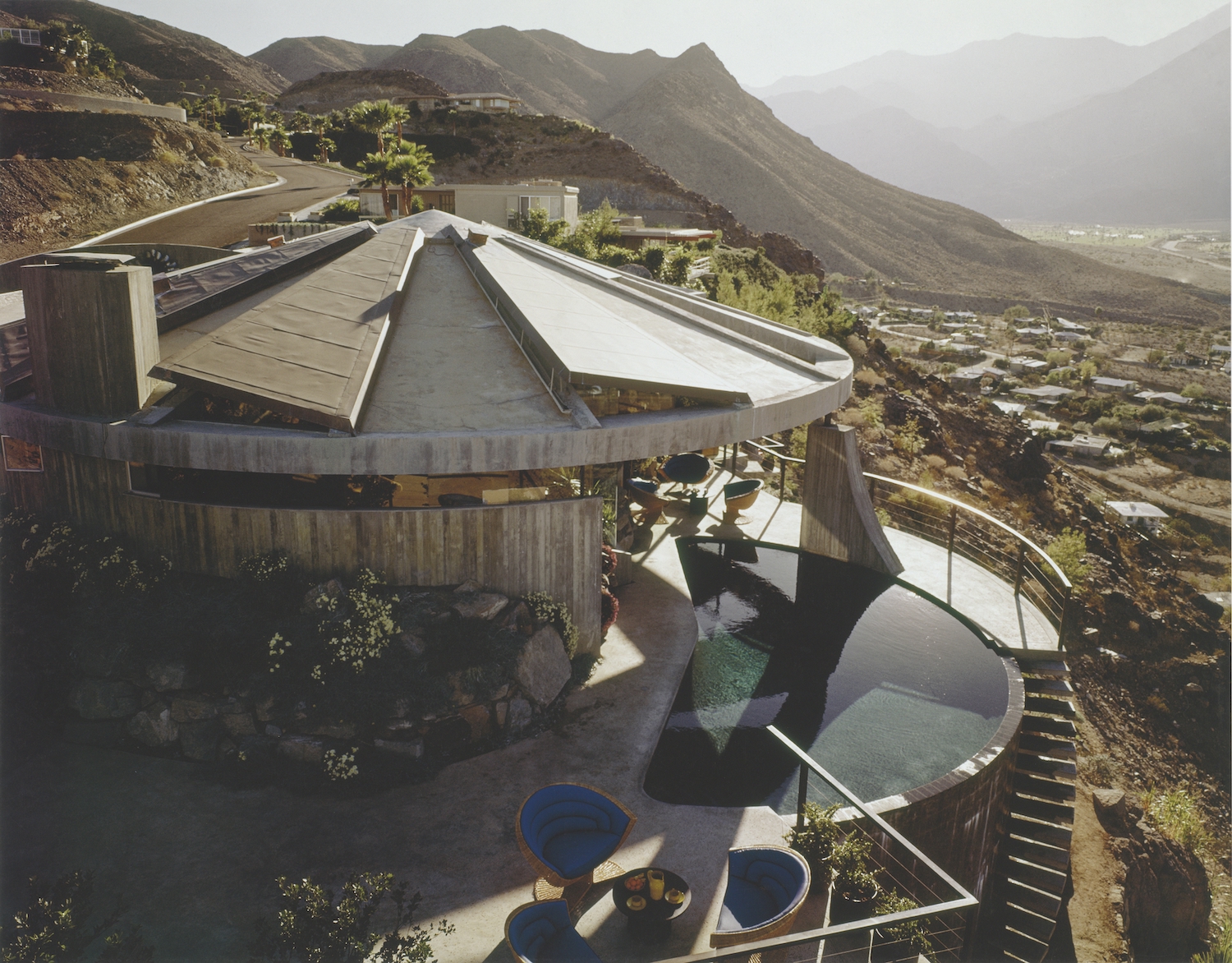
Arthur Elrod House, John Lautner, 1968
'In Palm Springs, the challenges of the terrain and atmosphere reshaped the work of these architects over time – these circumstances created a specific school of architectural ideas that inspired them all.'
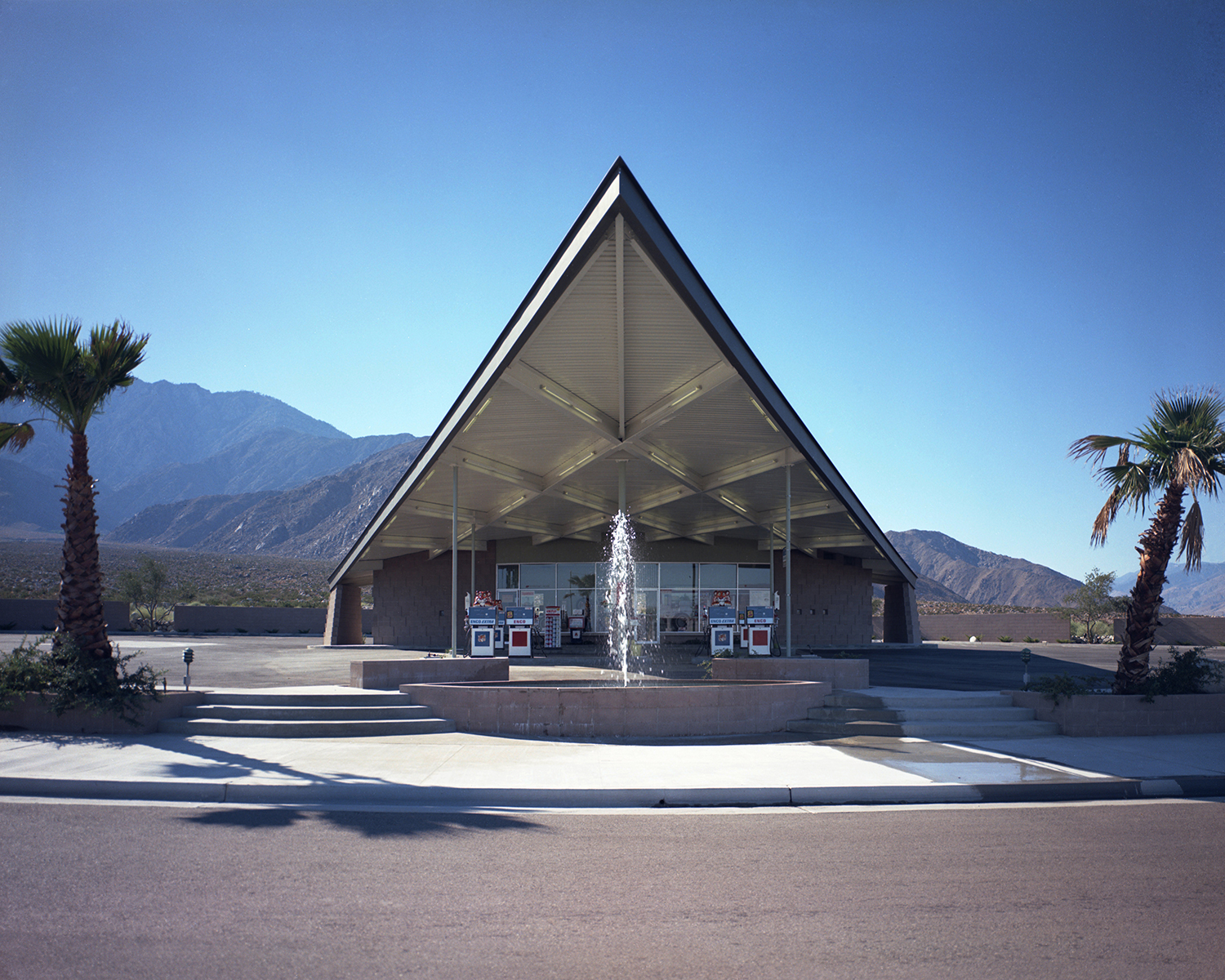
Enco Gas Station, a.k.a. Nichols Service Station, a.k.a. Tramway Gas Station (now Palm Springs Visitors Center), Albert Frey and Robson Chambers, 1965
Take a plunge into the rich and layered built environment of Palm Springs; and its lasting and far-reaching influence, which spans far beyond the Californian city's relatively boutique size.
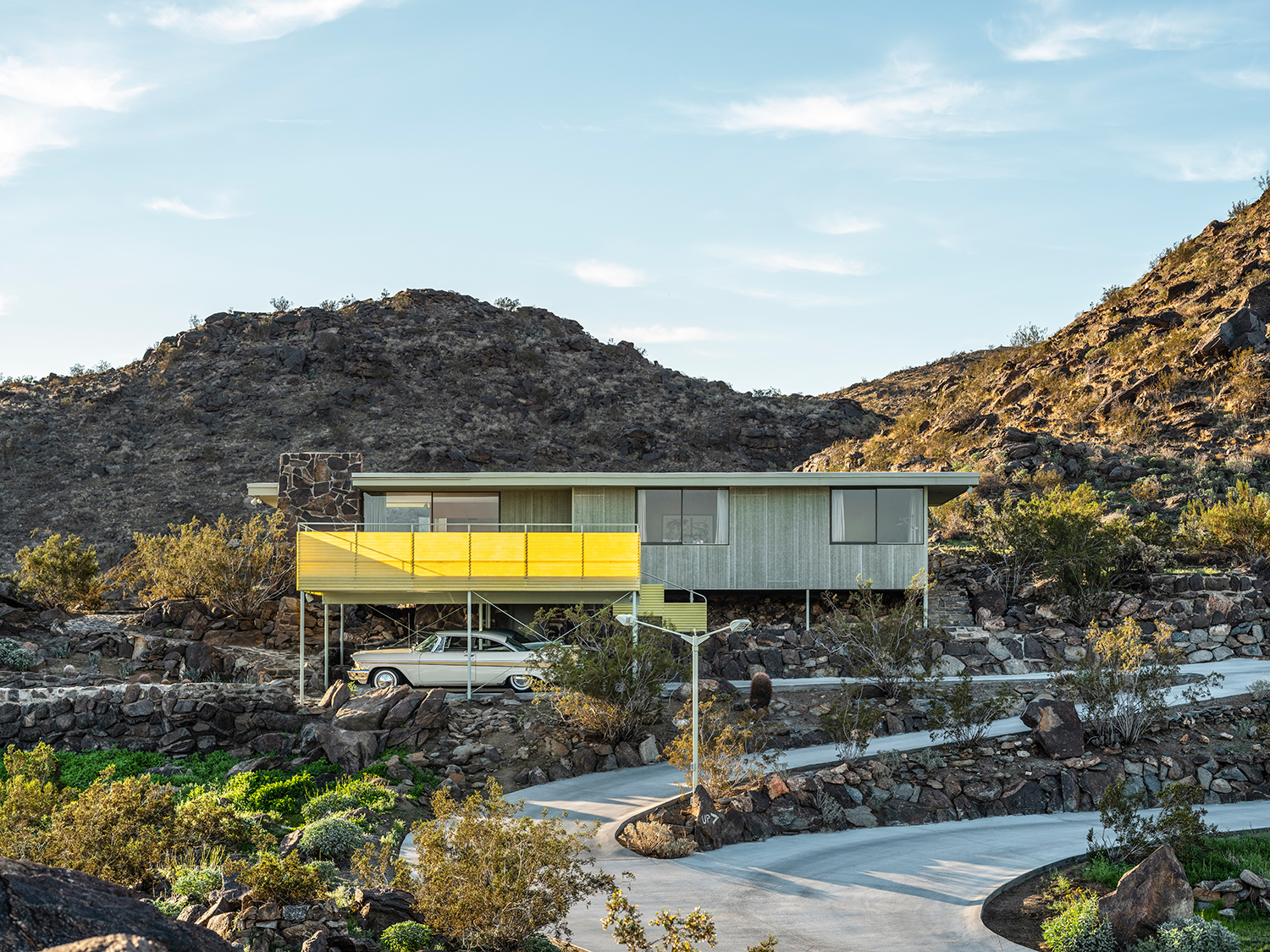
Hill House, a.k.a Raymond Cree House II, Albert Frey, 1955
'The Palm Springs School: Desert Modernism 1934-1975, Rizzoli, 2025
Wallpaper* Newsletter
Receive our daily digest of inspiration, escapism and design stories from around the world direct to your inbox.
Ellie Stathaki is the Architecture & Environment Director at Wallpaper*. She trained as an architect at the Aristotle University of Thessaloniki in Greece and studied architectural history at the Bartlett in London. Now an established journalist, she has been a member of the Wallpaper* team since 2006, visiting buildings across the globe and interviewing leading architects such as Tadao Ando and Rem Koolhaas. Ellie has also taken part in judging panels, moderated events, curated shows and contributed in books, such as The Contemporary House (Thames & Hudson, 2018), Glenn Sestig Architecture Diary (2020) and House London (2022).
-
 Put these emerging artists on your radar
Put these emerging artists on your radarThis crop of six new talents is poised to shake up the art world. Get to know them now
By Tianna Williams
-
 Dining at Pyrá feels like a Mediterranean kiss on both cheeks
Dining at Pyrá feels like a Mediterranean kiss on both cheeksDesigned by House of Dré, this Lonsdale Road addition dishes up an enticing fusion of Greek and Spanish cooking
By Sofia de la Cruz
-
 Creased, crumpled: S/S 2025 menswear is about clothes that have ‘lived a life’
Creased, crumpled: S/S 2025 menswear is about clothes that have ‘lived a life’The S/S 2025 menswear collections see designers embrace the creased and the crumpled, conjuring a mood of laidback languor that ran through the season – captured here by photographer Steve Harnacke and stylist Nicola Neri for Wallpaper*
By Jack Moss
-
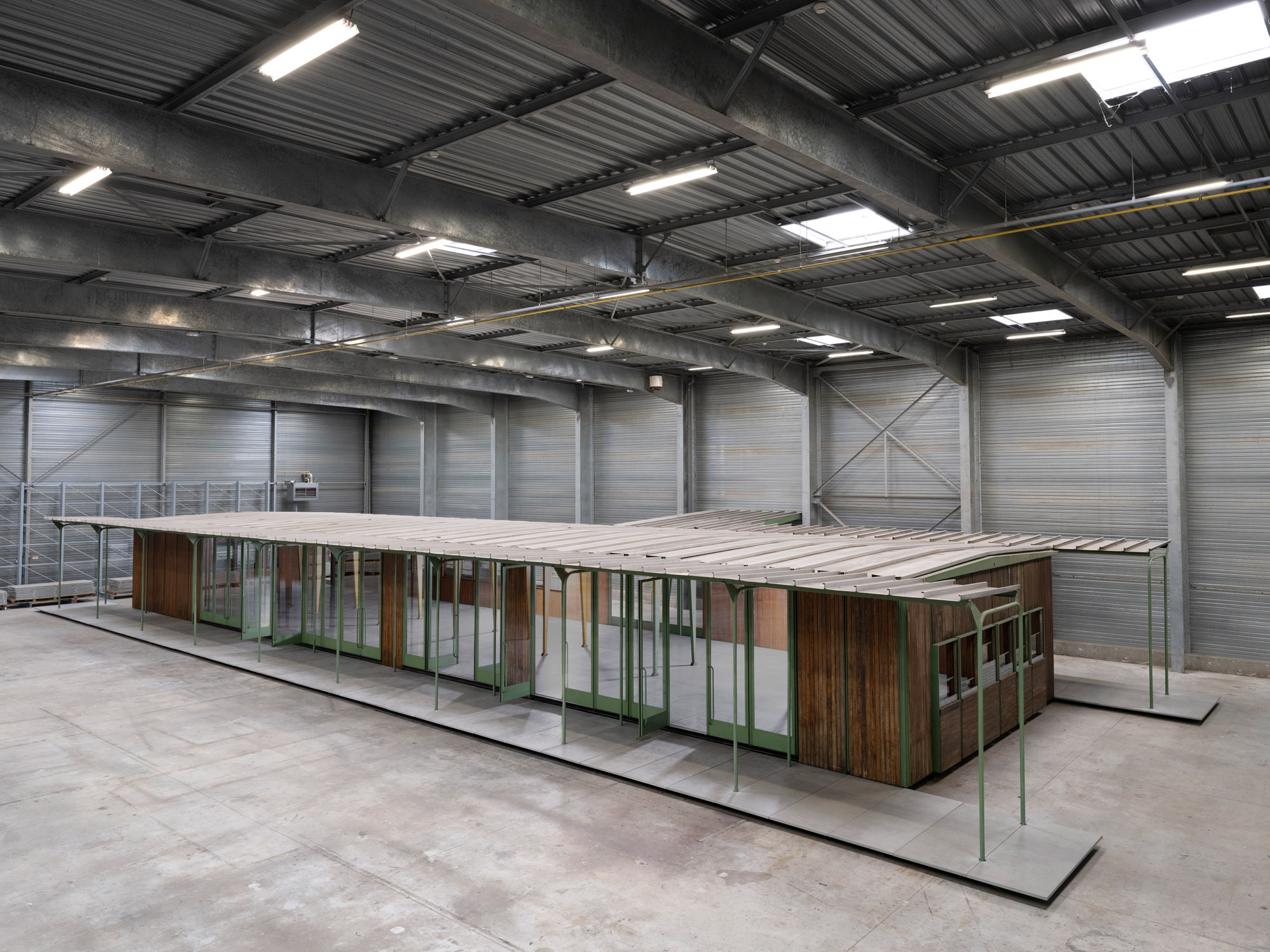 Croismare school, Jean Prouvé’s largest demountable structure, could be yours
Croismare school, Jean Prouvé’s largest demountable structure, could be yoursJean Prouvé’s 1948 Croismare school, the largest demountable structure ever built by the self-taught architect, is up for sale
By Amy Serafin
-
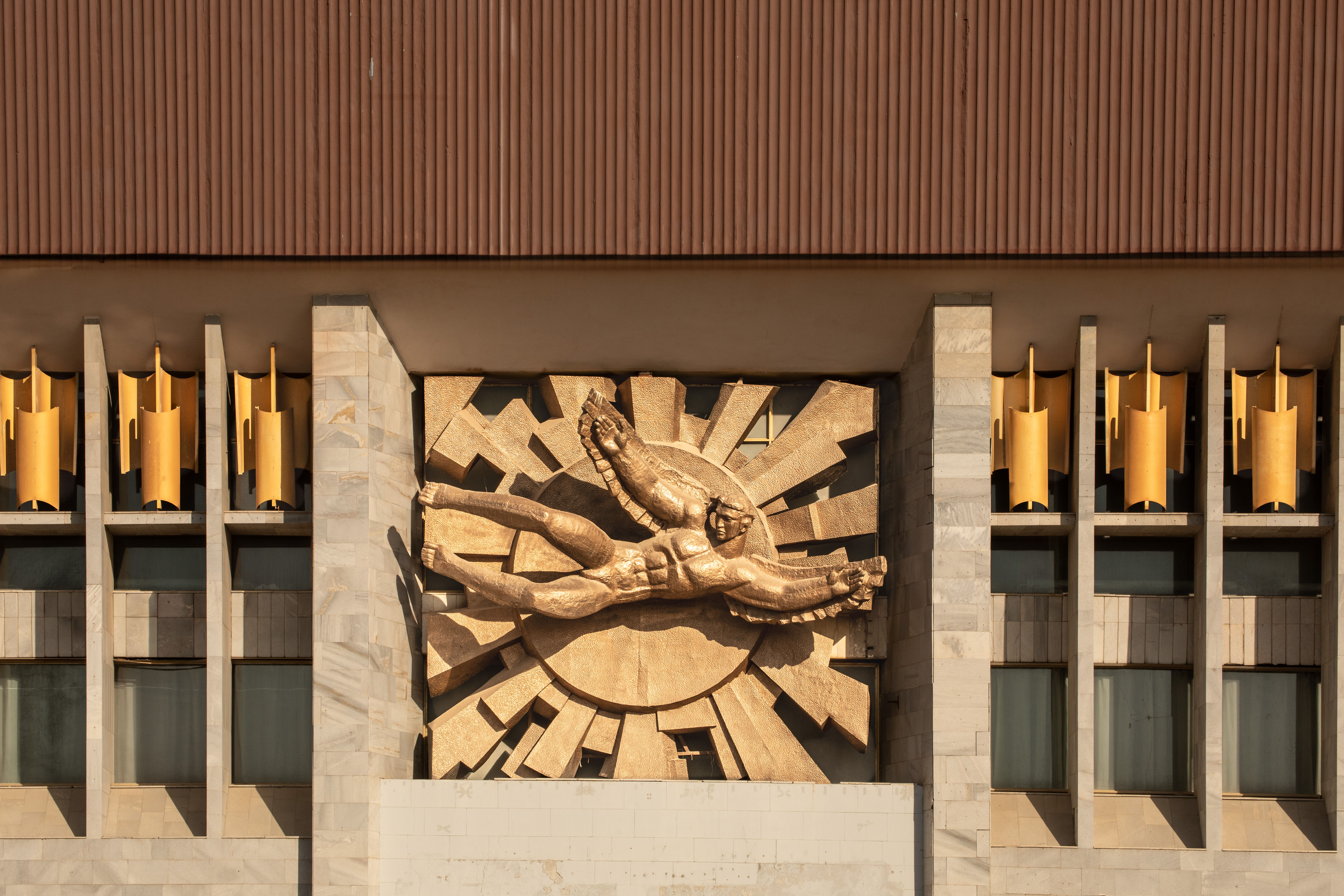 Jump on our tour of modernist architecture in Tashkent, Uzbekistan
Jump on our tour of modernist architecture in Tashkent, UzbekistanThe legacy of modernist architecture in Uzbekistan and its capital, Tashkent, is explored through research, a new publication, and the country's upcoming pavilion at the Venice Architecture Biennale 2025; here, we take a tour of its riches
By Will Jennings
-
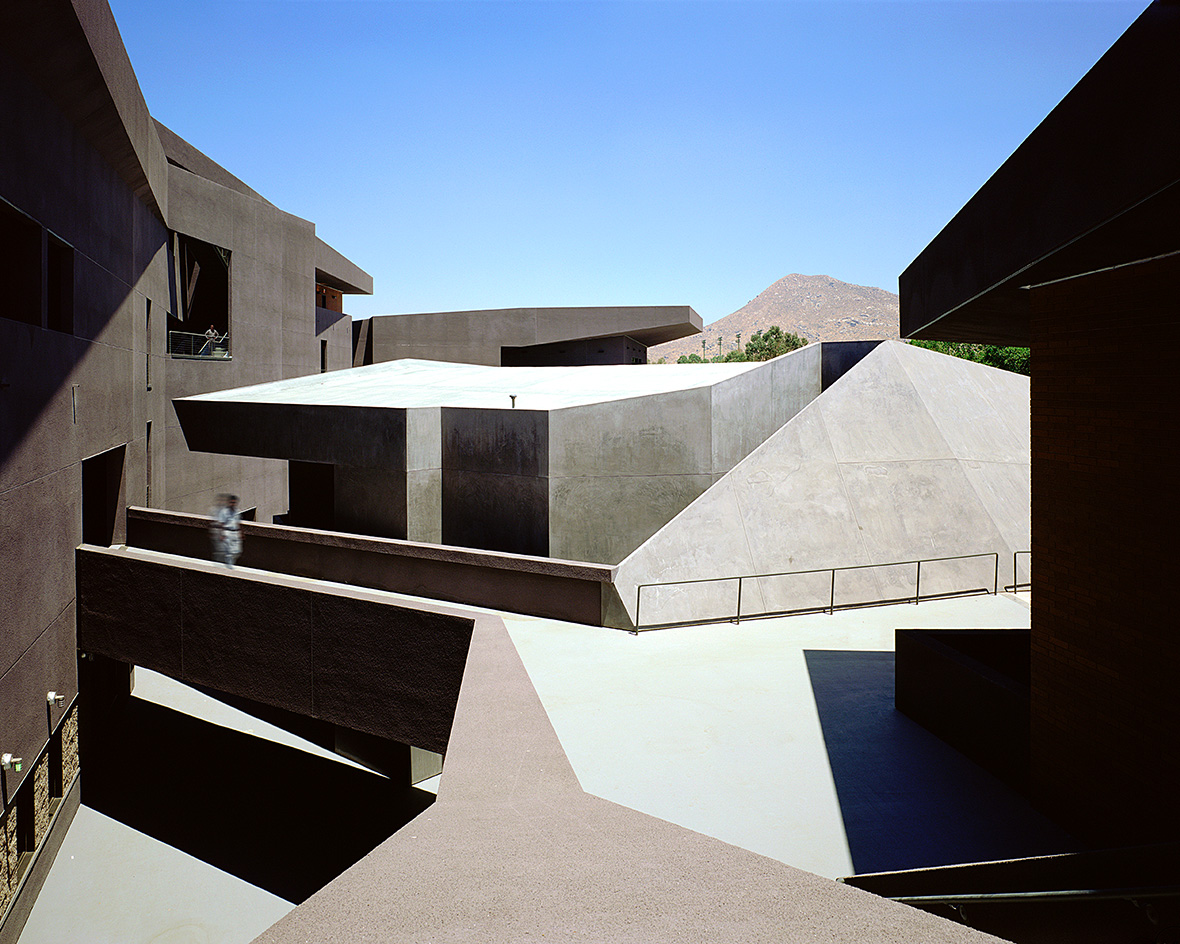 We explore Franklin Israel’s lesser-known, progressive, deconstructivist architecture
We explore Franklin Israel’s lesser-known, progressive, deconstructivist architectureFranklin Israel, a progressive Californian architect whose life was cut short in 1996 at the age of 50, is celebrated in a new book that examines his work and legacy
By Michael Webb
-
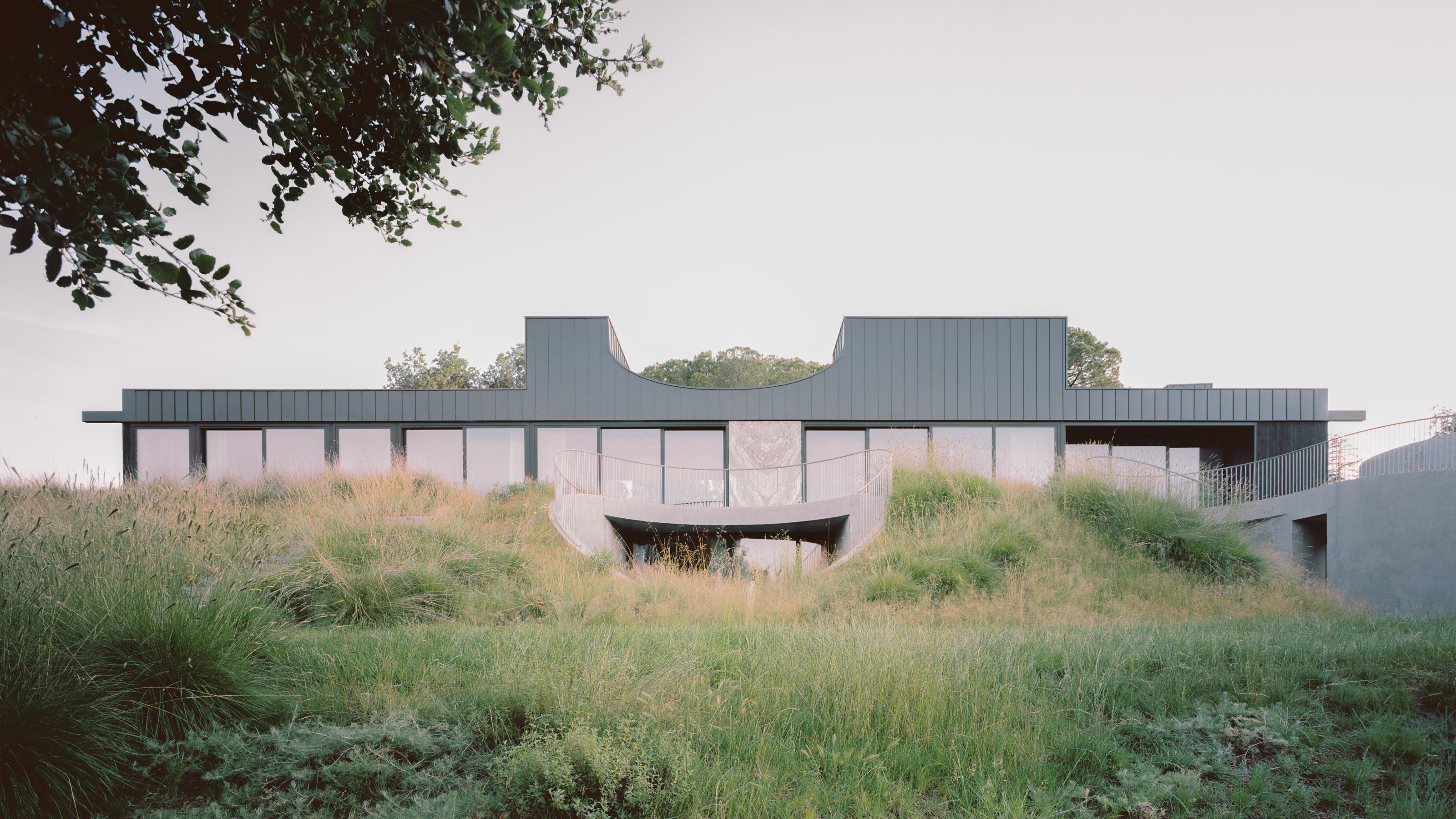 A new hilltop California home is rooted in the landscape and celebrates views of nature
A new hilltop California home is rooted in the landscape and celebrates views of natureWOJR's California home House of Horns is a meticulously planned modern villa that seeps into its surrounding landscape through a series of sculptural courtyards
By Jonathan Bell
-
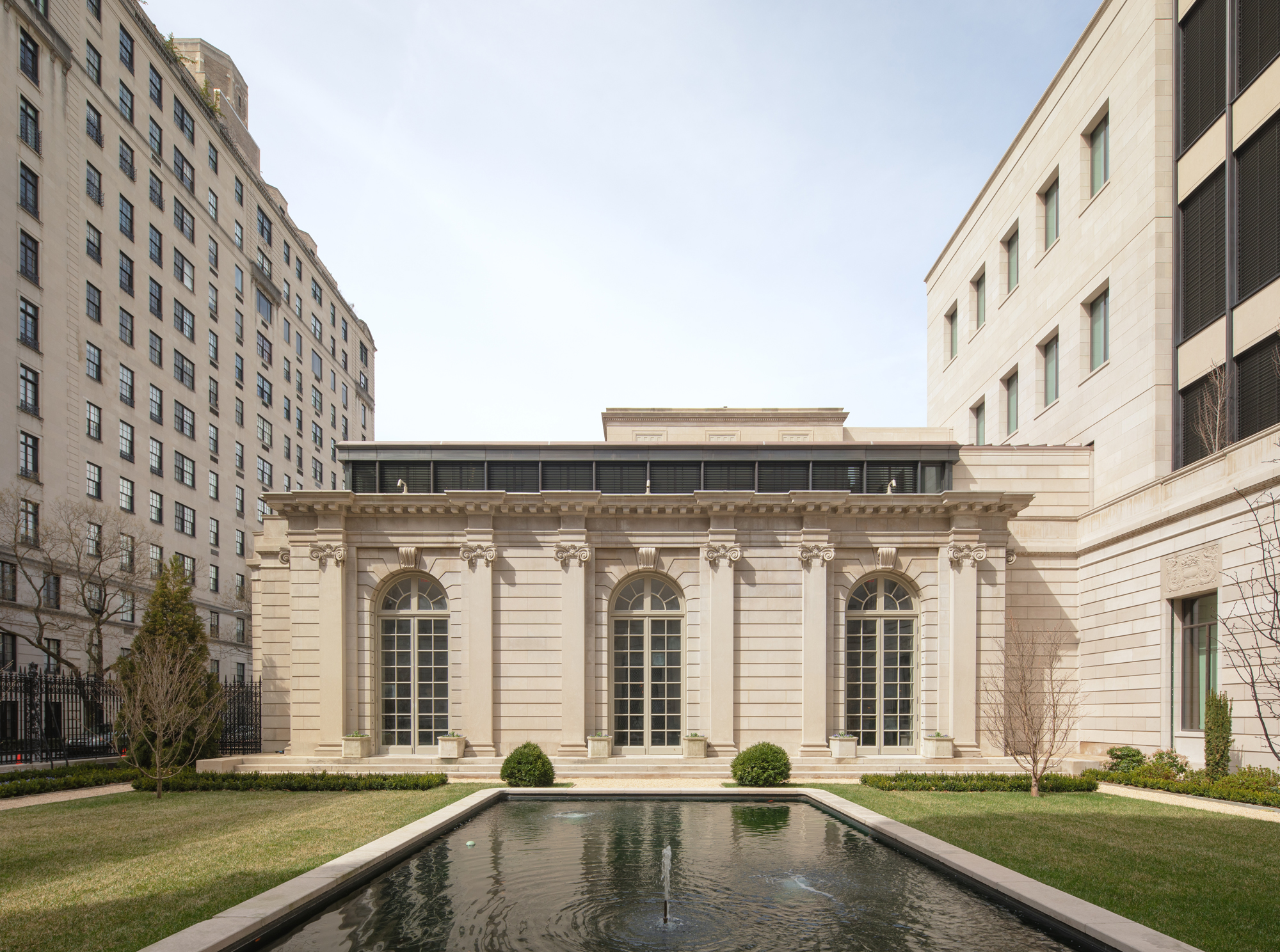 The Frick Collection's expansion by Selldorf Architects is both surgical and delicate
The Frick Collection's expansion by Selldorf Architects is both surgical and delicateThe New York cultural institution gets a $220 million glow-up
By Stephanie Murg
-
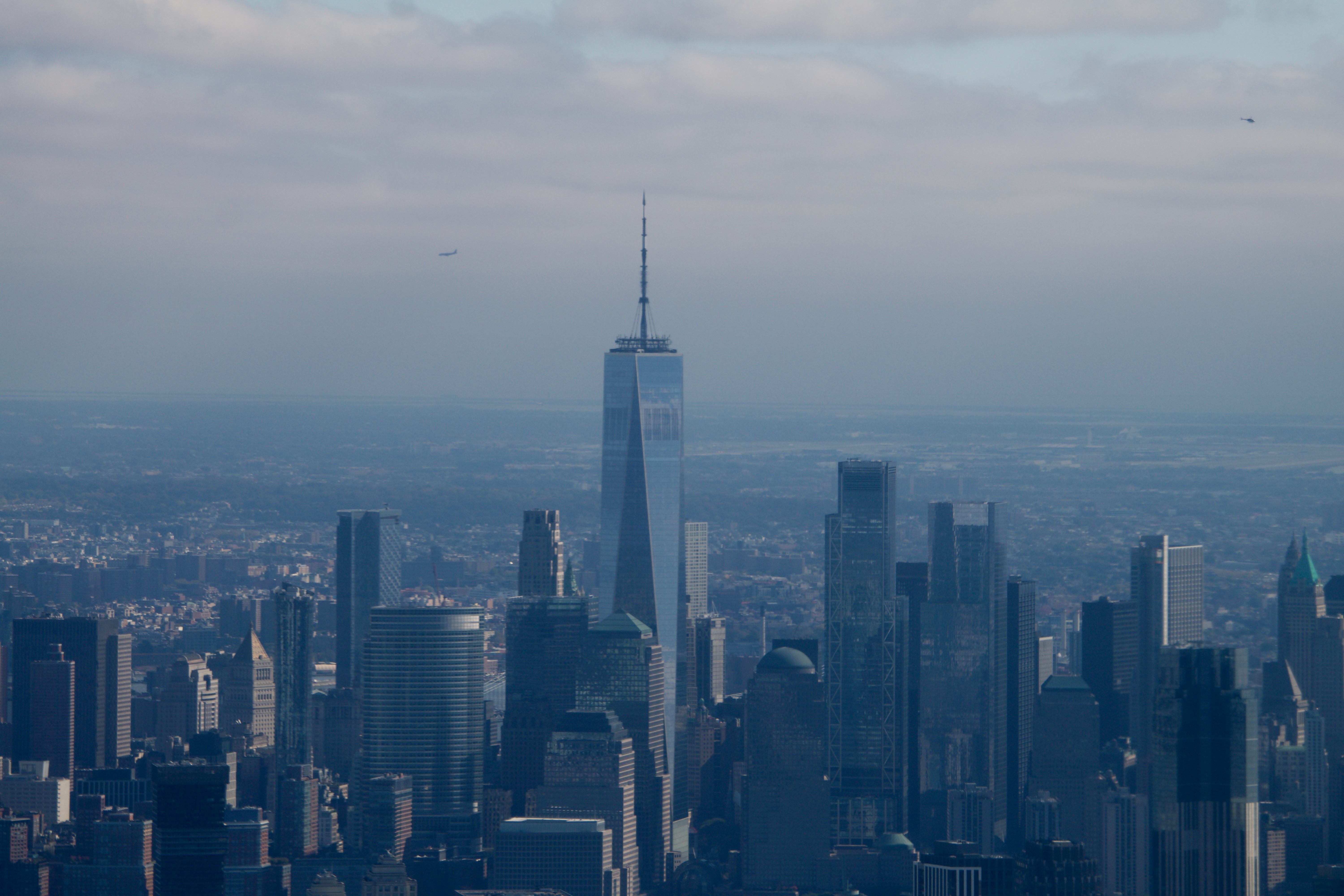 Remembering architect David M Childs (1941-2025) and his New York skyline legacy
Remembering architect David M Childs (1941-2025) and his New York skyline legacyDavid M Childs, a former chairman of architectural powerhouse SOM, has passed away. We celebrate his professional achievements
By Jonathan Bell
-
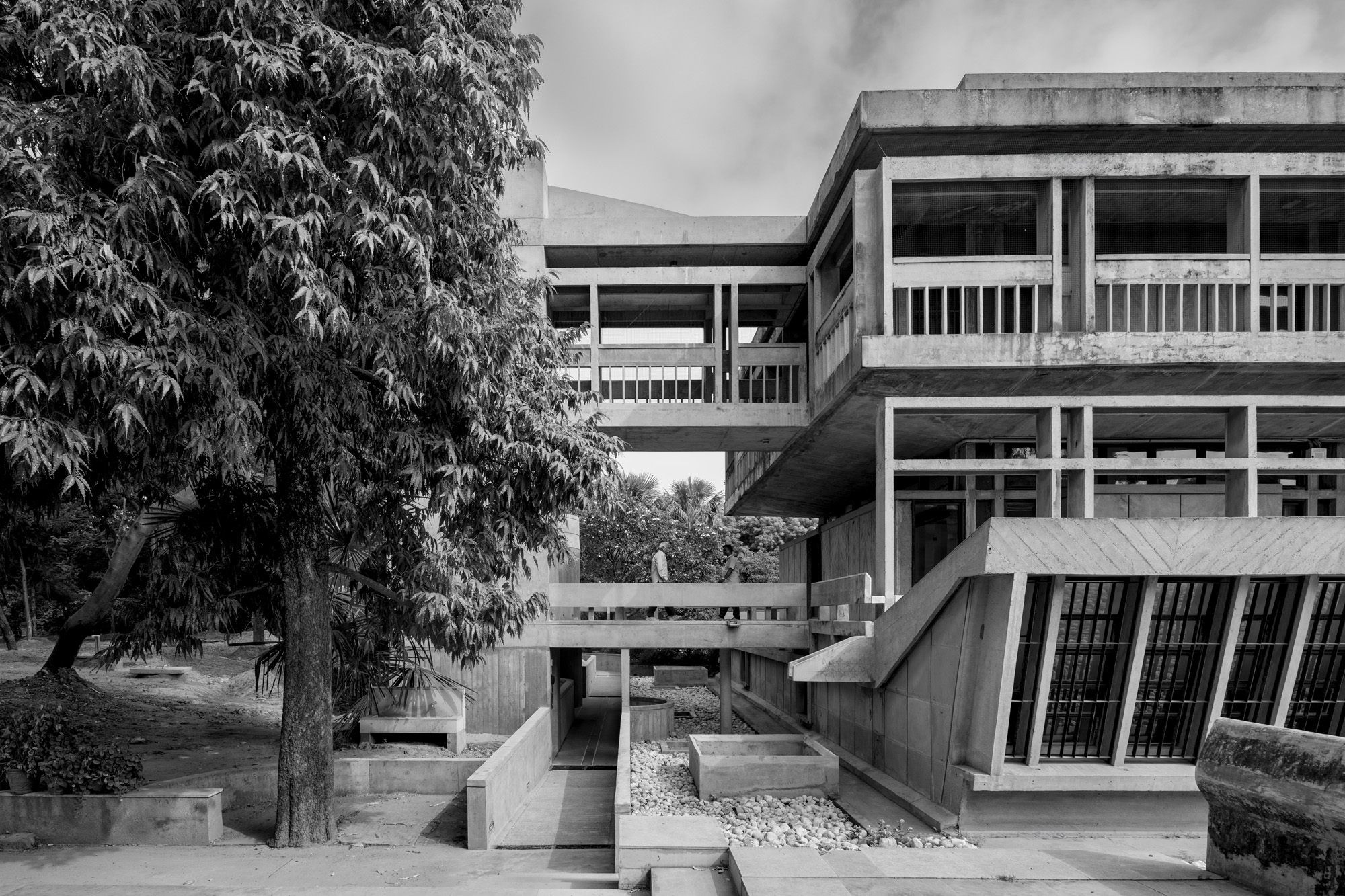 At the Institute of Indology, a humble new addition makes all the difference
At the Institute of Indology, a humble new addition makes all the differenceContinuing the late Balkrishna V Doshi’s legacy, Sangath studio design a new take on the toilet in Gujarat
By Ellie Stathaki
-
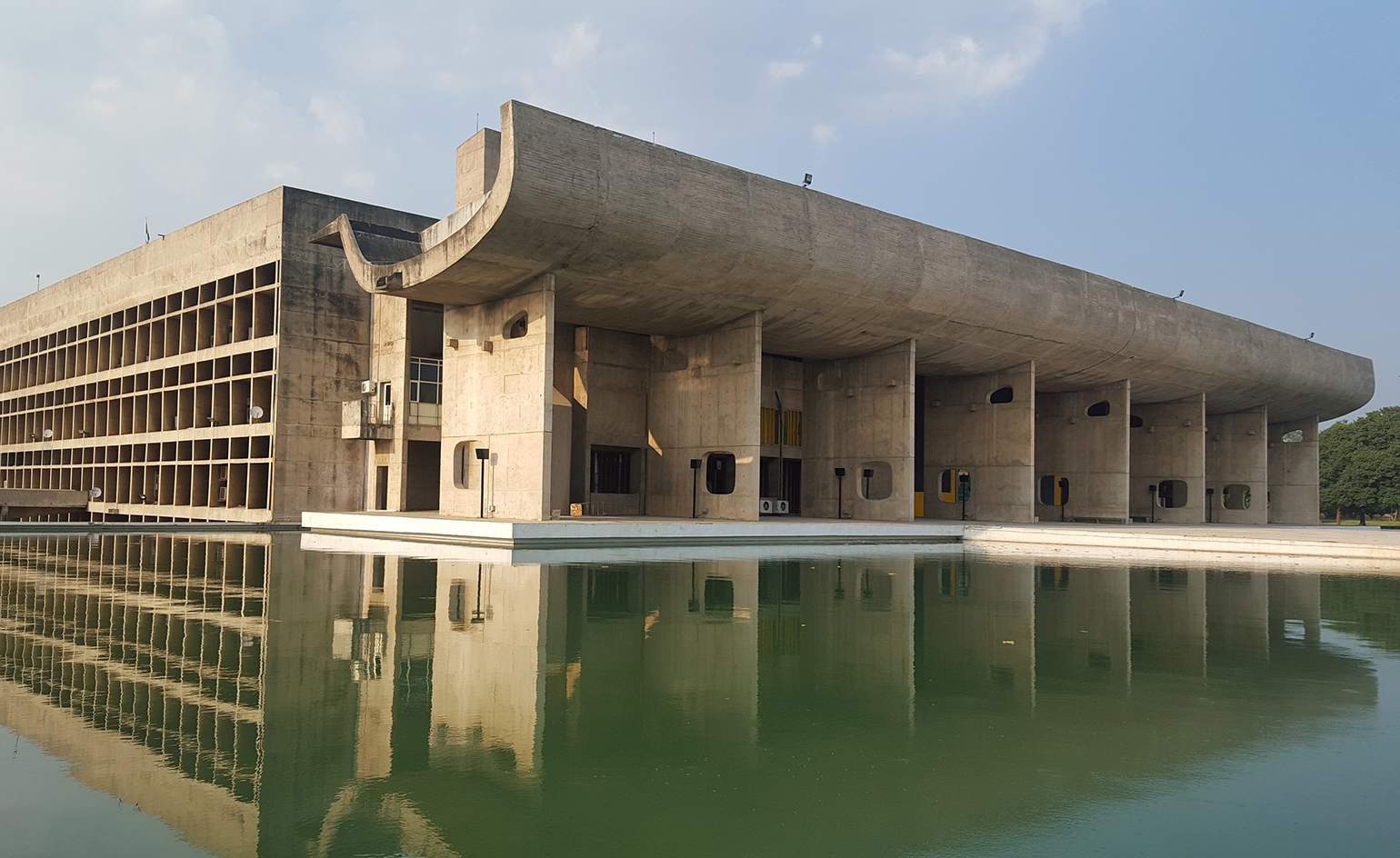 How Le Corbusier defined modernism
How Le Corbusier defined modernismLe Corbusier was not only one of 20th-century architecture's leading figures but also a defining father of modernism, as well as a polarising figure; here, we explore the life and work of an architect who was influential far beyond his field and time
By Ellie Stathaki